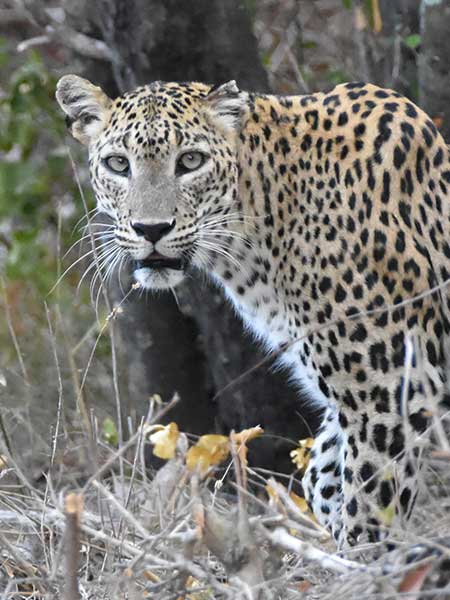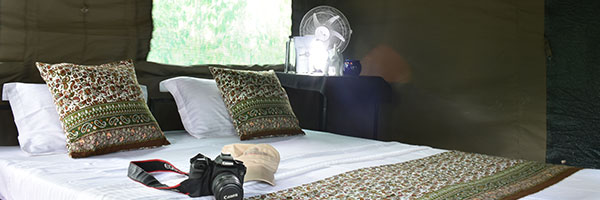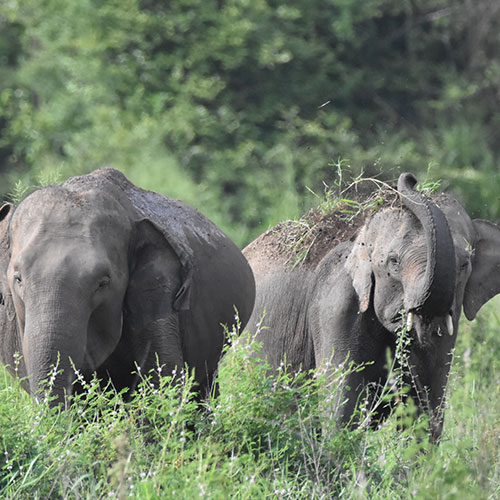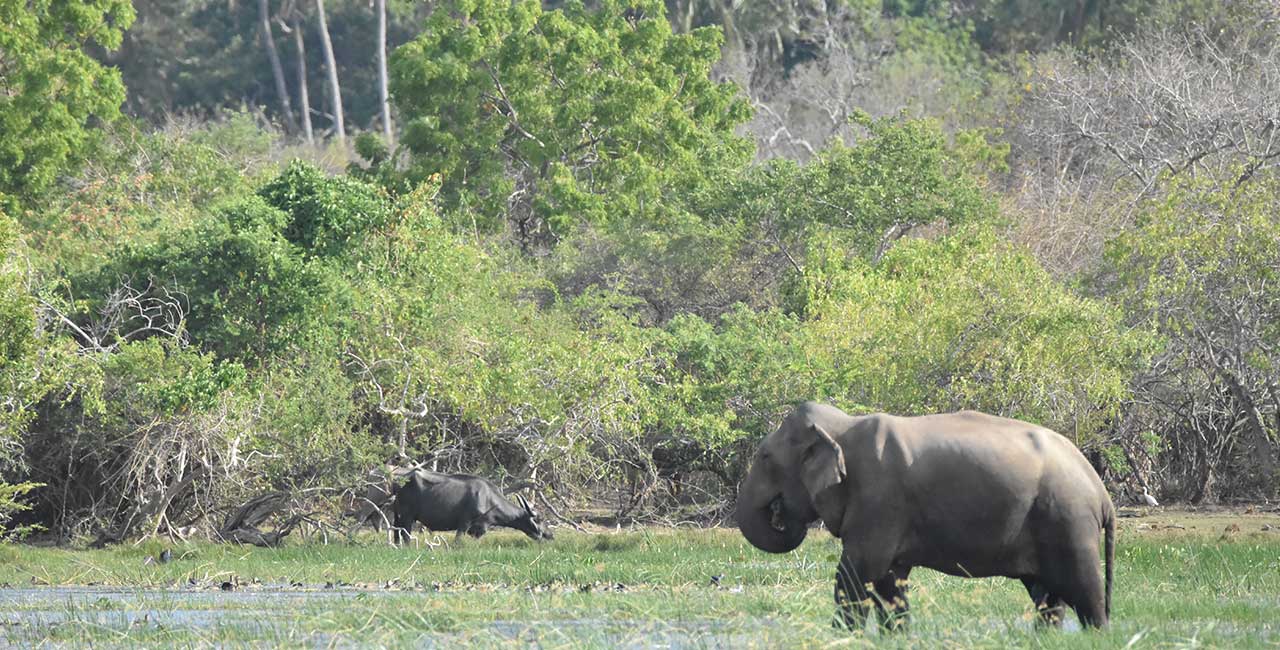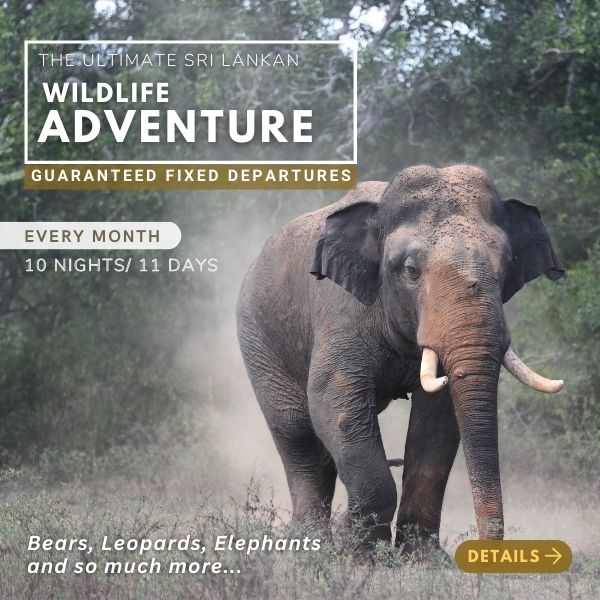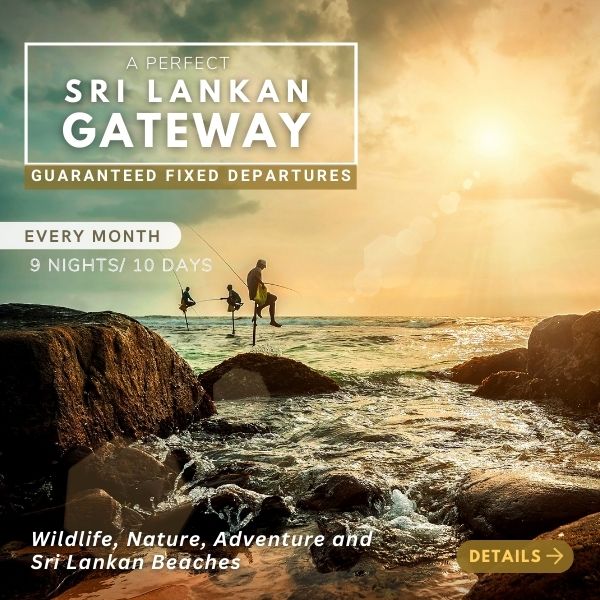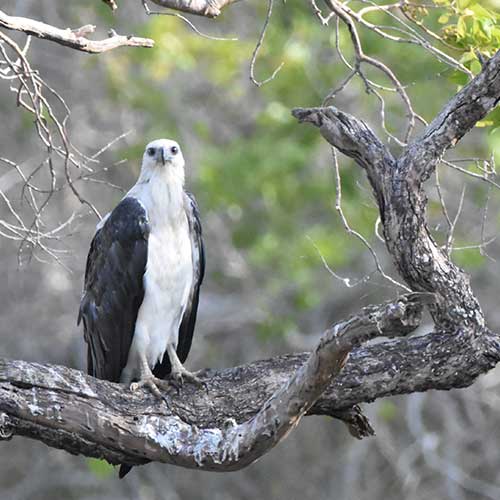
Birdlife at Kumana National Park Sri Lanka
Kumana is a very important national park for birdlife. An incredible 255 species of birds have been recorded here and from April to July, tens of thousands of birds migrate to the Kumana swamp area. Rare species such as the Black-necked Stork, Lesser Adjutant, Eurasian Spoonbill and the Great Thick-knee are breeding inhabitants while the waders and waterfowl visit too.
The Asian Openbill, Glossy Ibis, Purple Heron, Great Egret, Indian Pond Heron, Black-crowned Night Heron, Intermediate Egret, Little Egret, Spot-billed Pelican, Indian Cormorant, Little Cormorant, Common Moorhen, Watercock, Purple Swamphen, White-breasted Waterhen, Pheasant-tailed Jacana, Black-winged Stilt, Lesser Whistling Duck and Little Grebe migrate here in large flocks while the Pintails fly 9,000 kilometres from far away Siberia. Rare migrant birds include the Yellow-footed Green Pigeon, Greater Racket-tailed Drongo, Malabar Trogon, Red-faced Malkoha and Sirkeer Malkoha.
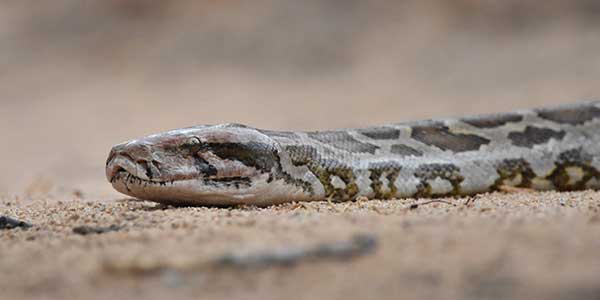
Reptiles & Amphibians at Kumana National Park
Fish species to be found in the lakes and tanks include the Tilapia and Common Mullet. Due to its coastal location, turtles are sometimes spotted coming ashore to lay eggs. These turtles include the Indian Black turtle and the Indian Flap-shelled turtle. Mugger crocodiles can also be seen here.
Flora at Kumana National Park
The Park's wetland areas are surrounded by dry zone tropical thorn forest. The inland forest's flora is dominated by Manilkara hexandra, which is known as Palu in Sinhala. There is also a range of aquatic plants, trees and reeds.
Kumana National Park History and Geography
Birders who visit the Park are usually amazed at the sheer diversity of species that call Kumana home, a fact which can be attested to by the presence of 20 lagoons and tanks. These tanks are generally less than 2 metres deep and are often flooded by seawater and frequently dot the landscape of the Park. The Kumana Bird Sanctuary, within the boundaries of the Kumana National Park, was declared a protected area in 1938, and is rated as one of the most important breeding grounds in Sri Lanka.
Ancient cave inscriptions have been discovered here dating back to the 1st and 2nd Centuries BC. Buddhist and Hindu devotees annually cross the Kumana area on their foot pilgrimage to the nearby Temple in Kataragama.
